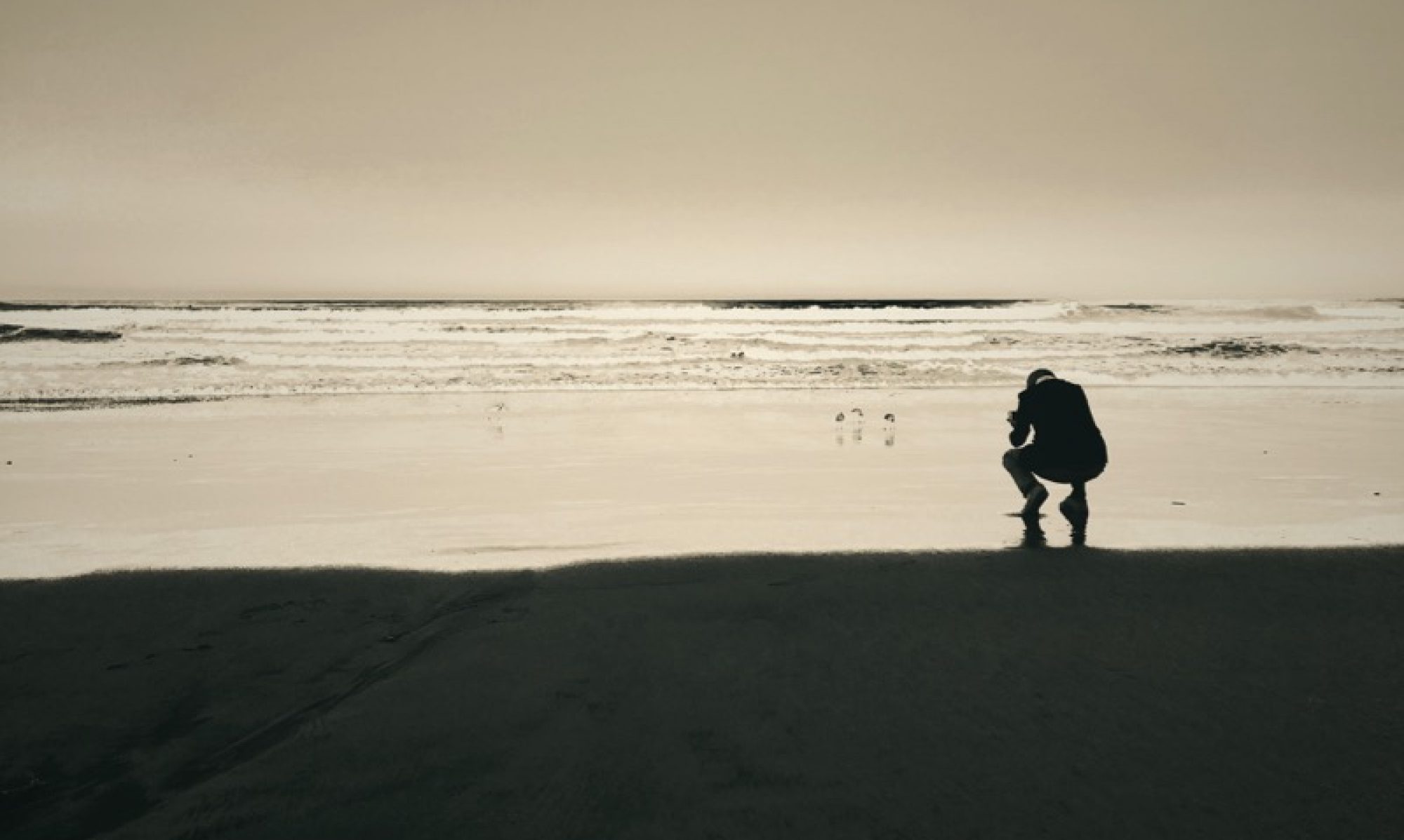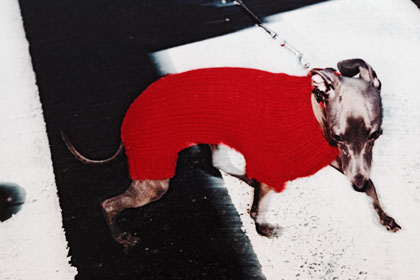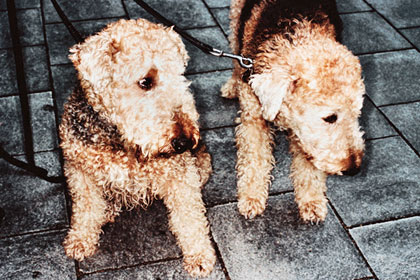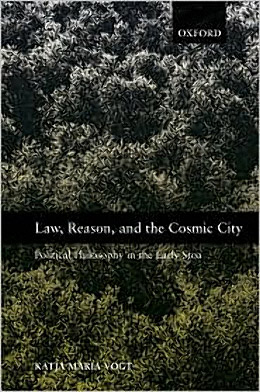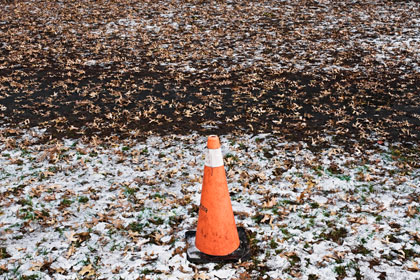
As the year is coming to its end, I see that everyone is thanking their readers. And does photo book roundups of 2007 (I haven’t seen one of those yet that wasn’t entirely hopeless).
I am not in a Christmassy mood––instead I look forward to spending part of my holidays in a hotel room in Baltimore, writing lucid code to keep Notes From Nowhere and jenshaas.com running (or rather, copying and pasting open source code from all over the web and trying to make it work, and being grumpy until it does) and attending a philosophy conference on the side. Oh well.
If there was one book worth buying in the past year, it was this one, and 88 of you did buy it already (thanks!). And *I do appreciate* that you come here, desperately cruising the art blogs, like I do, for some assurance that you have not wasted your life entirely.
New year’s resolutions? Sleep with the right curators. Trust me, regardless of what you do, this works in every field.
In this spirit––on to 2008…
